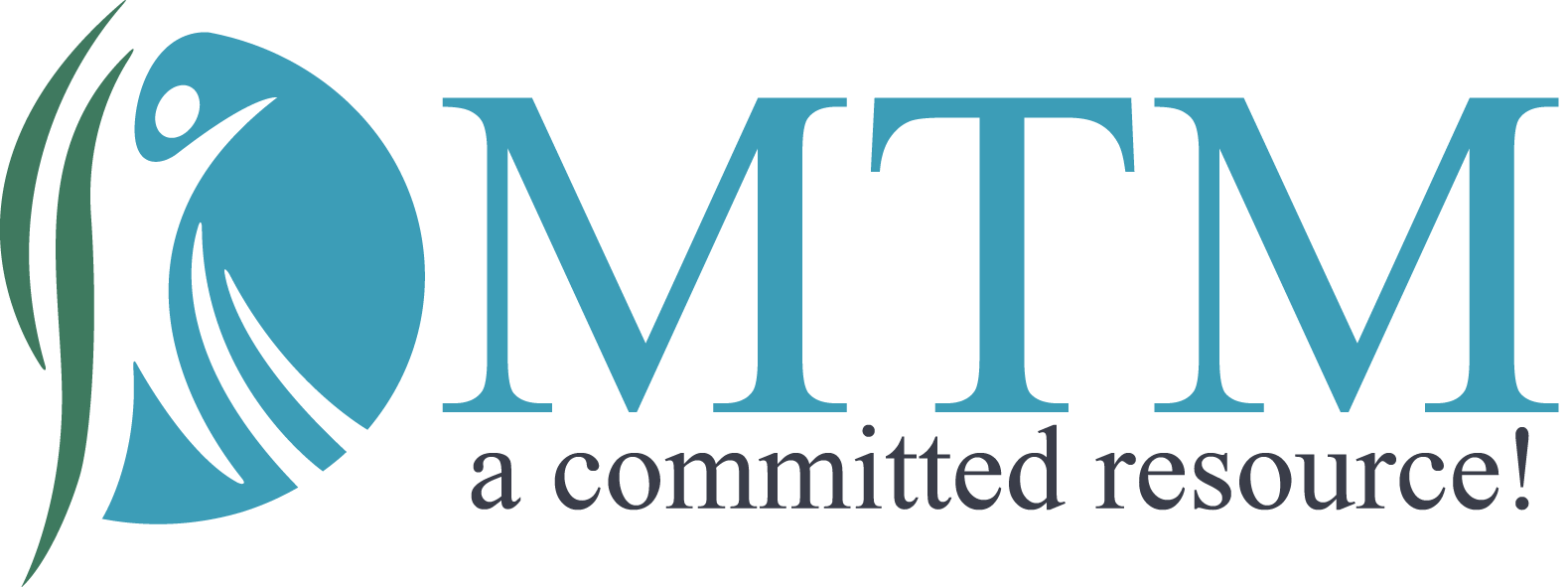7 Ways to Reduce Accounts Receivable (A/R) and Improve Revenue with Medicare and Commercial Payers
Optimize Your Revenue: Proven Strategies to Reduce A/R and Boost Income with Medicare and Commercial Payers
Managing accounts receivable (A/R) effectively is crucial for the financial health of any healthcare practice. Efficient A/R management ensures timely revenue collection and reduces the risk of bad debt. Here are seven strategies to reduce A/R and improve revenue with Medicare and commercial payers, along with how Medrina Technology Management implements these practices to benefit our clients:
1. Optimize Coding and Documentation
Accurate coding and comprehensive documentation are essential for timely reimbursement:
- Regular coding audits: Conduct periodic audits to ensure coding accuracy and compliance with payer requirements.
- Ongoing education: Provide continuous education and training for coding staff to stay updated on the latest coding guidelines and payer policies.
- Detailed documentation: Ensure that clinical documentation is thorough and supports the services billed, reducing the likelihood of denials.
At Medrina Technology Management, we prioritize detailed documentation and coding accuracy. Our expert coding team continuously updates their knowledge and skills, which has significantly reduced claim denials for our clients, thereby enhancing their revenue stream.
2. Streamline Claims Submission Processes
Efficient claims submission is the first step towards reducing A/R. Streamlining this process involves:
- Automating claims submissions: Utilize electronic health record (EHR) systems and practice management software to automate and expedite the submission process.
- Real-time eligibility verification: Check patient insurance eligibility and benefits in real-time before services are provided and before submitting claims to payers. This ensures that services are covered and minimizes the risk of claim denials due to eligibility issues.
- Clean claims submission: Ensure that all claims are complete and error-free before submission to minimize rejections and denials.
Medrina Technology Management ensures that every claim is meticulously verified and submitted promptly. Our use of advanced technology for real-time eligibility verification and automated claims submission has drastically reduced delays and denials, keeping A/R low for our clients.
3. Implement Proactive Denial Management
Denials can significantly impact revenue and increase A/R days. A proactive approach includes:
- Denial tracking and analysis: Regularly track and analyze denied claims to identify common reasons and trends.
- Quick resolution: Implement a denial management system to quickly address and resolve denied claims.
- Prevention strategies: Develop and enforce strategies to prevent common denial reasons, such as incorrect coding or missing information.
By implementing a robust denial management system, Medrina Technology Management swiftly addresses denied claims and takes preventive measures to avoid future denials. This proactive approach has led to a significant reduction in A/R for our clients.
4. Enhance Patient Billing and Collection Processes
Improving patient billing practices can also help reduce A/R:
- Clear communication: Provide patients with clear and concise billing statements, detailing their financial responsibility.
- Flexible payment options: Offer multiple payment options, including online payments, payment plans, and credit card payments.
- Timely follow-ups: Send reminders and follow up promptly on unpaid bills to encourage timely payments.
Medrina Technology Management ensures transparent and effective communication with patients regarding their financial responsibilities. Our flexible payment options and timely follow-ups have improved collection rates and reduced A/R for our clients.
5. Leverage Technology and Automation
Technology can play a significant role in improving A/R management:
- Automated reminders: Use automated systems to send payment reminders to patients and follow-up notifications for outstanding claims.
- Revenue cycle management (RCM) software: Invest in RCM software that integrates with your EHR and practice management systems to streamline the entire billing process.
- Analytics and reporting: Utilize advanced analytics and reporting tools to monitor A/R performance and identify areas for improvement
At Medrina Technology Management, we leverage state-of-the-art technology to streamline billing processes and automate reminders. Our integrated RCM software and analytics tools help us maintain low A/R levels and maximize revenue for our clients.
6. Engage in Effective Payer Negotiations
Negotiating with payers can lead to better reimbursement rates and terms:
- Regular reviews: Regularly review and renegotiate contracts with payers to ensure they are favorable and up-to-date.
- Data-driven negotiations: Use data on claim denials, reimbursement rates, and A/R days to support your negotiation efforts.
- Collaborative relationships: Foster positive relationships with payer representatives to facilitate smoother negotiations and issue resolution.
Medrina Technology Management regularly reviews and renegotiates payer contracts, using data-driven insights to secure better terms for our clients. This proactive approach has led to improved reimbursement rates and reduced A/R.
7. Monitor Key Performance Indicators (KPIs)
Tracking and analyzing KPIs related to A/R can help identify issues and drive improvements:
- Days in A/R: Monitor the average number of days it takes to collect payments.
- Denial rate: Track the percentage of claims denied by payers and aim to reduce this rate.
- Collection rate: Measure the percentage of billed charges collected within a specific timeframe.
Medrina Technology Management consistently monitors KPIs to ensure optimal performance in A/R management. By focusing on key metrics such as days in A/R, denial rates, and collection rates, we continuously improve our processes to benefit our clients.
Conclusion
Reducing A/R and improving revenue requires a multifaceted approach that includes optimizing coding and documentation, streamlining claims submission, proactive denial management, enhancing patient billing processes, leveraging technology, engaging in effective payer negotiations, and monitoring key performance indicators. At Medrina Technology Management, our commitment to practicing these best billing practices has enabled us to keep A/R low and significantly increase revenue for our healthcare clients. By partnering with us, healthcare providers can focus on delivering quality care while we manage the complexities of billing and revenue cycle management.
Stay updated with the latest insights and news in medical billing services and workers' compensation billing and collections. Enter your email below to subscribe to our blog
Most Recent Articles




